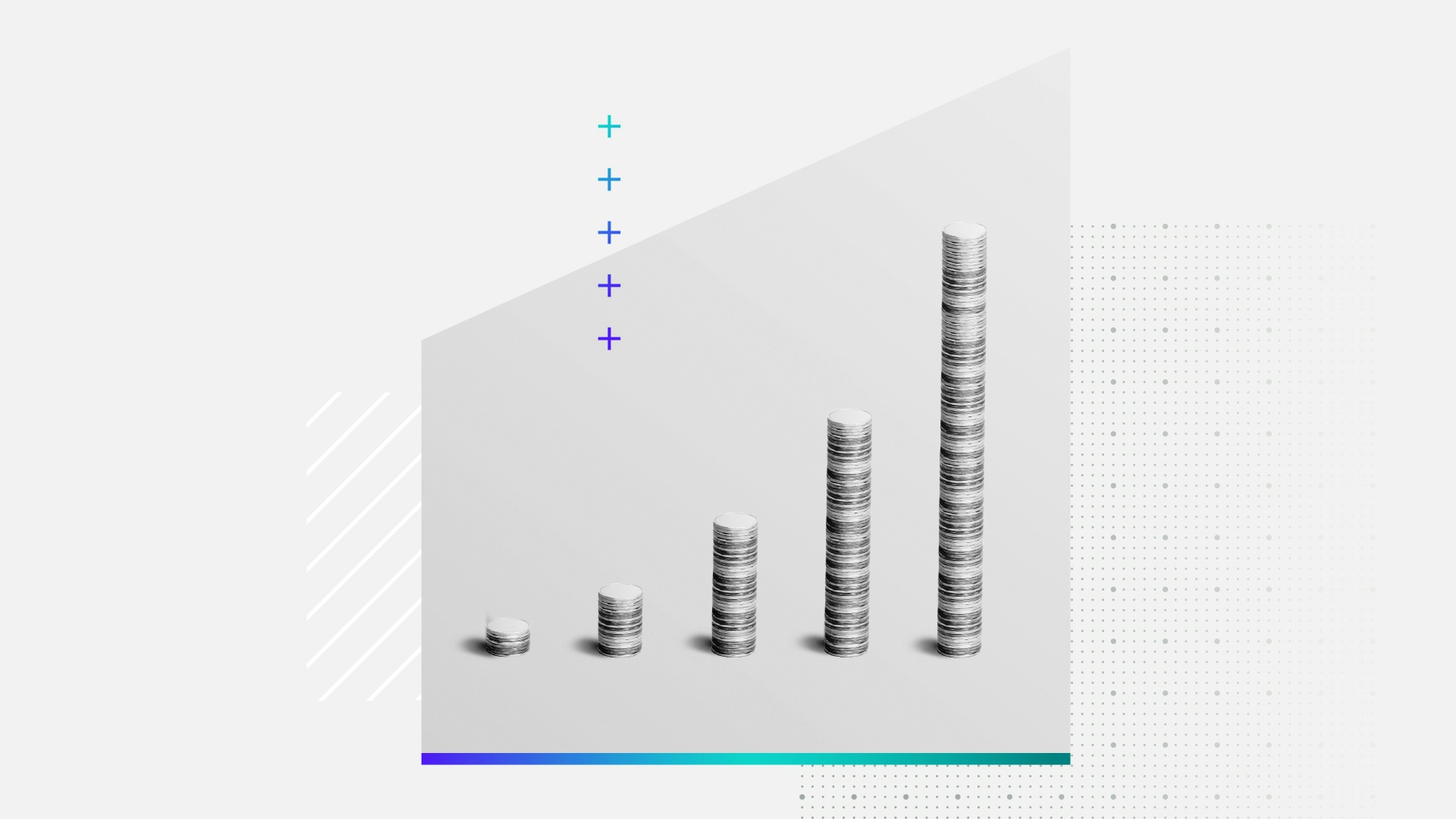There is No Boost to Spending This Summer, Unlike Last

Key Takeaways
Consumer spending surged in summer 2023, fueled in large part by spending on non essentials; however, this year spending has been muted, particularly for discretionary goods and services.
Younger adults have shrunk their share of budget for “fun”, reducing spending on categories like hotels, airfare, recreational activities and more.
Consumers at all income levels have reduced their spending on non essentials, but middle- and high-income earners have cut back larger dollar amounts.
Last summer’s boost in consumer spending hasn’t materialized in 2024
Despite major headwinds including elevated inflation, 2023 was a year of incredible strength for consumer spending, above and beyond many expectations. Morning Consult’s monthly consumer spending data also grew considerably, particularly around the summer months, peaking in June. Strength in spending was driven in large part by discretionary categories, or goods and services that can be categorized as “non essential” including airfare, hotels, concert/sporting events, and more. Some characterized this as “revenge spending”: after pandemic related lockdowns, many consumers spent heavily, particularly on experiences rather than goods.
According to Morning Consult data, a broad range of different demographic groups participated in this surge in spending, with younger generations as well as high- and middle-income consumers opening their wallets the most, particularly for discretionary services. So far in 2024, however, last year’s boost has not materialized. Instead, average spending has been relatively subdued since the summer season began, with discretionary services purchases declining year-over-year. Often when household finances are tight, nonessential spending is the first to be cut from budgets, one of many signs that the U.S. economy is cooling from overheated to neutral.
Younger generations are splurging less on non essentials compared to last summer
Millennials and GenZers, the two younger adult generations, generally allocate a larger share of their spending to nonessentials, with GenZers in particular being more likely to splurge. Younger adults may not have children yet which means that they have more time to dedicate to recreational activities as well as more disposable income available to spend. Additionally, they may live with their parents or cohabitate with roommates, making payments for housing less than older adults. In June 2023, GenZers allocated 27.9% of their spending to nonessentials, but this June that share was 5 percentage points less at only 22.7%. Millennials also reduced their share of discretionary spending by 4 percentage points, to a series low since tracking began at 20.1% this June.
Hotels, airfare and recreation have the largest pullbacks among young consumers
Across most discretionary categories, all generations reduced their spending compared to the same time last year, with the exception of GenXers who increased spending for airfare, hotels and restaurants. Recreation spending – which includes concerts, sporting events, movies, etc. – had some of the largest declines, with Millennials reducing their average spending by nearly $80 in June 2024 compared to a year ago. Although demand for travel looked promising early in the season, vacation spending also took a hit from younger adults, particularly for hotels. Although discretionary services had the largest year-over-year declines, spending on nonessential goods is also muted this summer compared to last, particularly for furniture and apparel.
All income groups are spending less on non essentials
While high- and middle-income earners led discretionary spending growth last year, this year, declines in spending on nonessentials were broad based across income cohorts. While all income groups allocated 20% or more of their budget to non essential spending last year, this year both middle and low earners dropped below that threshold in June suggesting that these consumers are prioritizing essential expenses more.
However when it comes to dollar amounts, middle- and high-income earners on average have reduced their discretionary spending the most from the previous year – high earners reduced their “fun” spending by $273, middle-income earners by $210 and the lowest earners by $71. The more income a household has, the more they typically spend on purchases beyond what is completely necessary. On the other side of that coin, higher earners have more room to cut back since they generally spend more on non essentials, potentially adding it to savings or redirecting it to other expenses. As a result, high-income adults have the firepower to deliver a greater blow to industries that rely on this kind of spending when they decide to pull back.
While spending has somewhat moderated compared to last year, it is not yet concerningly low. With back to school season in full steam, Amazon Prime Day in July and the holiday season after that, consumers could have been holding back earlier this summer in anticipation of future spending. However, with interest rates elevated, the labor market cooling and consumer finances showing signs of weakness, spending could continue to cool further.
Sofia Baig is an economist at decision intelligence company Morning Consult, where she works on descriptive and predictive analysis that leverages Morning Consult’s proprietary high-frequency data. Previously, she worked for the Federal Reserve Board as a quantitative analyst, focusing on topics related to monetary policy and bank stress testing. She received a bachelor’s degree in economics from Pomona College and a master’s degree in mathematics and statistics from Georgetown University.
Follow her on Twitter @_SofiaBaig_For speaking opportunities and booking requests, please email [email protected]

